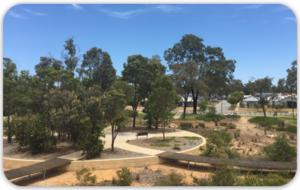Rising Stars Report 2024
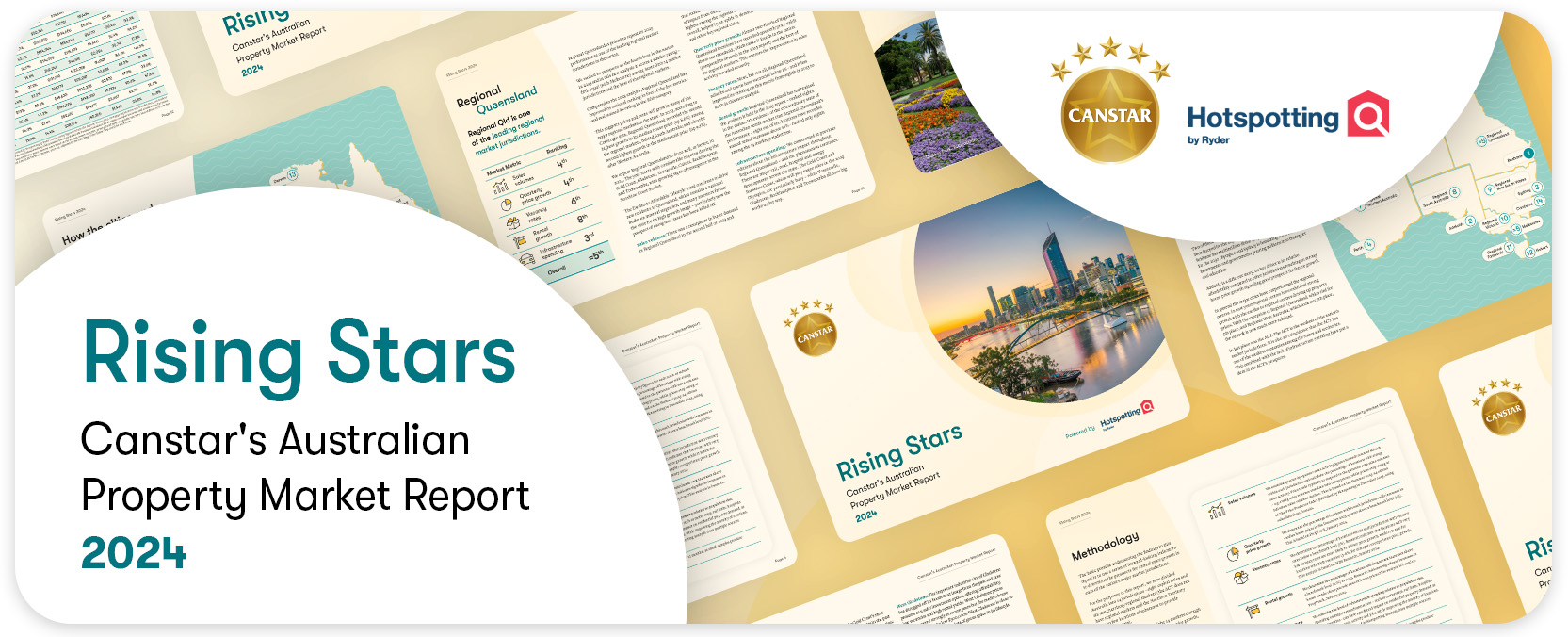
Rising Stars: Canstar’s Australian Property Market Report 2024
Rising Stars – Canstar’s annual Australian Property Market Report powered by Hotspotting – is back for another year. Using a series of forward-looking indicators the Rising Stars report forecasts the prospects for annual price growth in each of the nation’s major market jurisdictions.
It ranks 14 jurisdictions nationally – comprising eight capital cities and six regional states and territories – based on five key metrics. These are sales volumes, quarterly price growth, vacancy rates, rental growth and infrastructure spending.
Each of the 14 market jurisdictions is ranked from one to 14 on each of the five metrics. These rankings are then used to determine an overall ranking for each of the jurisdictions.
We have also identified 110 ‘Rising Star’ suburbs across the country. These have been selected based on outperformance in each of the five metrics.
Download now
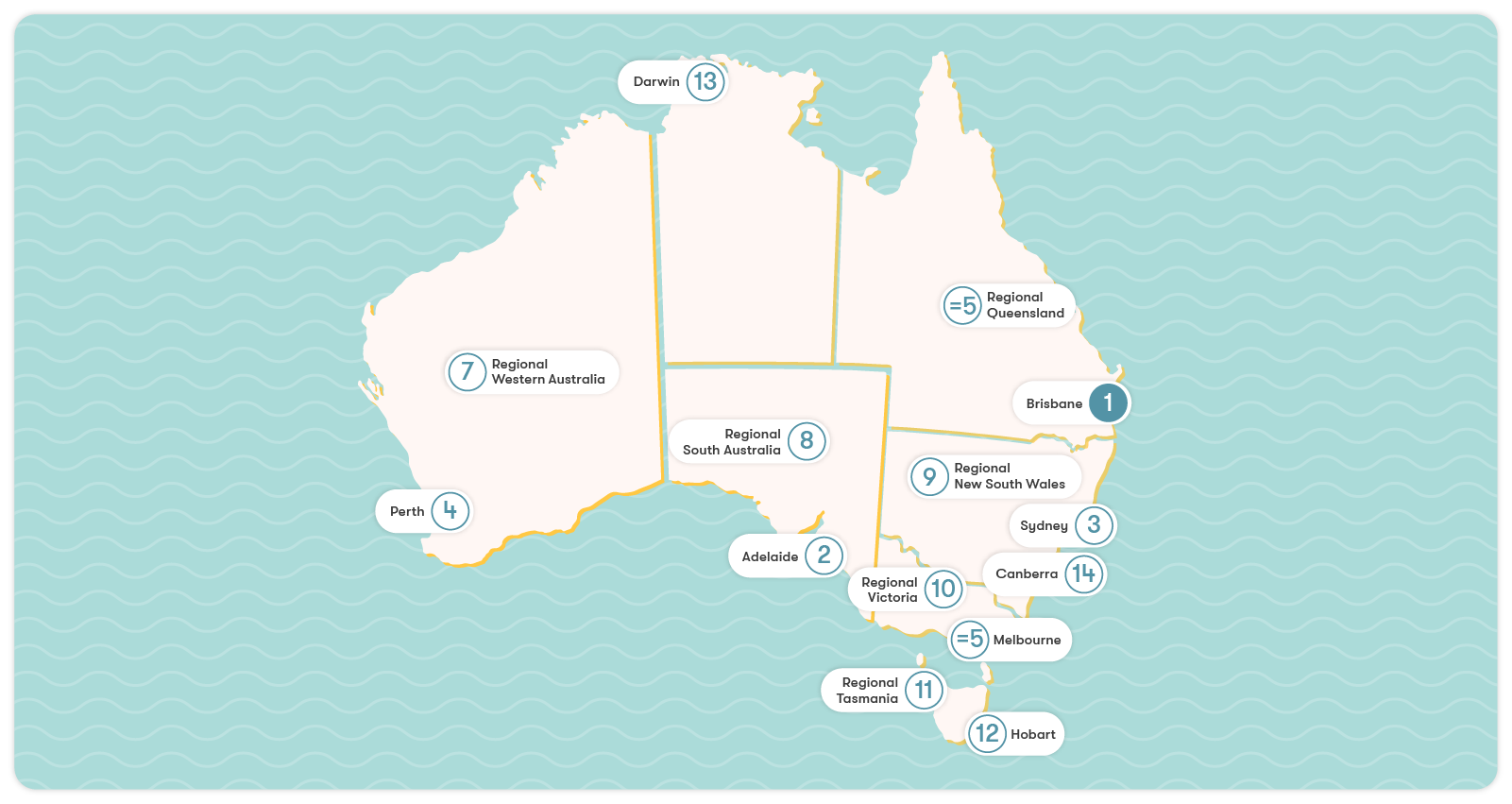
This year cemented Brisbane’s position as a property hotspot powerhouse taking out the top spot. Last year’s winner, Adelaide continued the trend of the smaller capital cities holding their own coming in at number two. However, Sydney did surge this year rising nine places in the rankings to round out the top three. Two of these top three markets – Brisbane and Sydney – have been buoyed by the impact of infrastructure investments. Brisbane has multimillion-dollar projects on the go as it prepares for the 2032 Olympics and Sydney is benefiting from business investments and governments pouring millions into transport and education.
Adelaide is a different story. Its key driver is its relative affordability compared to other jurisdictions resulting in strong house price growth signalling good prospects for future growth. In general, the major cities have outperformed the regional centres. In past years regional centres have exhibited strong growth with the exodus to regional centres driving up property prices. With the exception of Regional Queensland, which tied for 5th place, and Regional West Australia, which took out 7th place, the outlook is now much more subdued.
In last place was the ACT. The ACT is the weakest of the nation’s market jurisdictions. It is also no coincidence that the ACT has one of the weakest economies among the states and territories. This combined with the lack of infrastructure spending has put a dent in the ACT’s prospects.
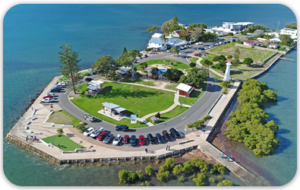
Brisbane. Ranked 1st (Ranking last year: 2nd)
Brisbane recorded the nation’s second-highest growth in median prices, both for houses and apartments. It was marginally behind Perth in both categories, as Brisbane staged a major recovery from an ordinary performance in 2022. We now expect it to go a step further and take the No.1 spot in 2024.

Regional Queensland. Ranked 5th (Ranking last year: 4th)
Regional Queensland is poised to repeat its 2023 performance as one of the leading regional market jurisdictions in the nation. We ranked its prospects as the fourth best in the nation in 2023, and in this new analysis, it scores a similar rating – fifth equal (with Melbourne) and the best of the regional markets.
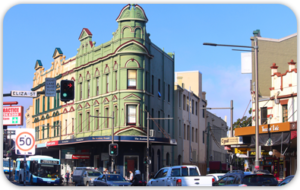
Sydney. Ranked 3rd (Ranking last year: 12th)
So far, in 2024, Sydney has high rankings in four of our five metrics, and overall we rank it third in the nation for the year ahead. Sydney has improved its national ranking in all five categories (sales volumes, quarterly price growth, vacancy rates, rental growth and infrastructure spending), and its prospects look better at the start of 2024 than they did a year ago.
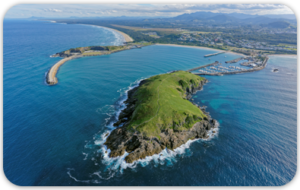
Regional New South Wales. Ranked 9th (Ranking last year: 7th)
One of the myths of residential real estate is that regional markets generally follow the lead of their capital cities, but Regional New South Wales provides evidence that it isn’t so.
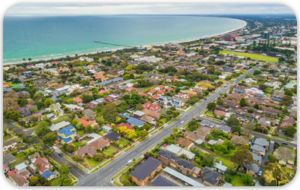
Melbourne. Ranked 5th (Ranking last year: 13th)
Melbourne is the big improver in the national real estate scene. Its national ranking has jumped from 13th in the 2023 edition of Rising Stars to equal fifth (alongside Regional Queensland) in this report. Very little separates the top five in this analysis: Melbourne rates only marginally behind Brisbane, Sydney, Adelaide and Perth in our assessment of prospects for 2024.
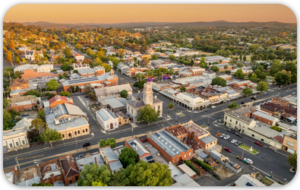
Regional Victoria. Ranked 10th (Ranking last year: 10th)
Regional Victoria is a steady market, but there is little evidence that it is going to shine in the immediate future. Our new assessment essentially amounts to no change.

Regional Tasmania. Ranked 11th (Ranking last year: 14th)
Regional Tasmania continues to rank lowly in our analysis – 11th among the 14 jurisdictions, alongside 12th-placed Hobart. Its highest rating on any of the five assessment categories (those being sales volumes, quarterly price growth, vacancy rates, rental growth and infrastructure spending) is ninth. But there remains solid buyer demand in specific locations, particularly suburbs in the Launceston area.
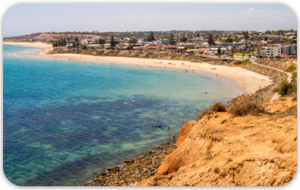
Adelaide. Ranked 2nd (Ranking last year: 1st)
Adelaide is rated the second strongest market among the 14 jurisdictions in Australia in 2024, thanks to strong rankings in all five of our metrics. The city ranks first on one category, second on another and fifth or sixth on the other three. That confirms the chief characteristic of the Adelaide market in recent years: remarkable consistency of performance. This is a factor that allowed it to continue producing real estate growth in 2022 when many cities were in decline – and to deliver further strong outcomes in 2023.
Important Information
To the extent that any advice is contained in Canstar’s Australian Property Market Report (Powered by Hotspotting by Ryder), such advice is general and has not taken into account your objectives, financial situation, or needs. It is not personal advice. Consider whether this advice is right for you, having regard to your own objectives, financial situation and needs. You may need financial advice from a suitably qualified adviser. Consider the product disclosure statement (PDS) and Target Market Determination (TMD) before making a decision about a financial product. Contact the product issuer directly for a copy of the PDS and TMD. For more information, read Canstar’s Financial Services and Credit Guide (FSCG), and read our Detailed Disclosure.
This report has been prepared as a guide only and is not a recommendation about taking any particular action. We recommend that you seek professional advice from a suitably qualified adviser before electing to make any property investment decision.
All information about performance returns is historical. Past performance should not be relied upon as an indicator of future performance. The value of your investment may fall or rise. Forecasts about future performance are not guaranteed to occur.
A property investment may not be suitable for all people and the information in this report does not take into account your individual needs or investment risk profile. There are no certainties in property investment and as with any investment, there are always risks and variables that need to be taken into account.

